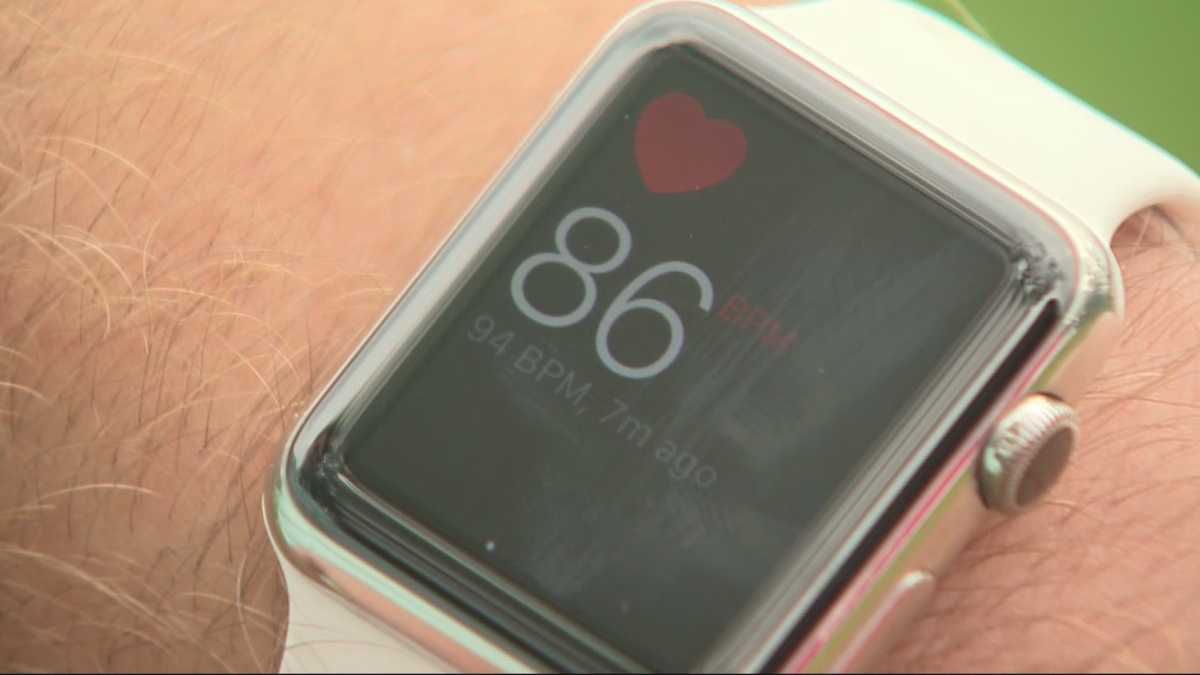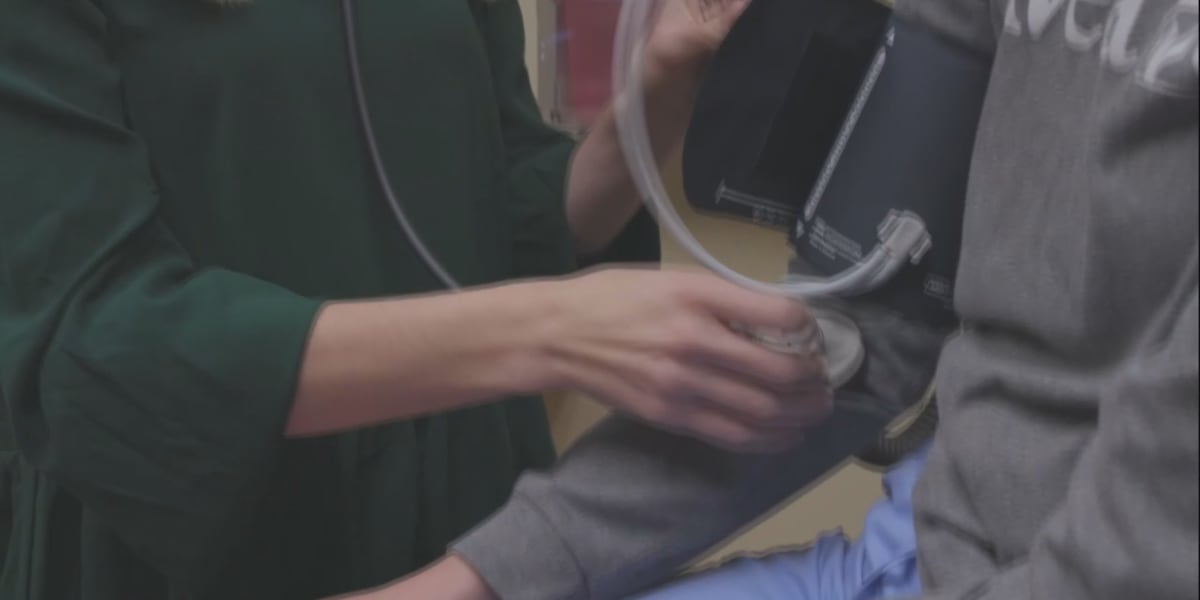Smartwatches & Fitness Trackers: Are They Actually Helping Your Health? (Singapore Edition)

From Apple Watches to Fitbits, wearable health tech is everywhere in Singapore. But with so many options promising to track everything from your heart rate to your sleep, are these devices actually reliable? And more importantly, are they helping you improve your health?
We spoke to local health experts to cut through the hype and give you a clear picture of what wearable health tech really delivers. We'll explore which features are genuinely useful, which are best to ignore, and how to use your devices effectively to achieve your wellness goals. Whether you're a seasoned fitness enthusiast or just starting your health journey, this guide will help you make informed decisions about wearable technology.
The Rise of Wearable Health Tech in Singapore
Singaporeans are increasingly health-conscious, and wearable devices have become a natural extension of this trend. The convenience of tracking activity levels, sleep patterns, and even vital signs on your wrist is undeniably appealing. However, the market is flooded with gadgets, and it's easy to get lost in a sea of specifications and marketing claims.
What Works Well: The Reliable Features
Not all wearable features are created equal. Here's what experts agree are generally reliable and beneficial:
- Step Tracking: Most step trackers are surprisingly accurate and can be a powerful motivator to increase daily activity.
- Heart Rate Monitoring: While not medical-grade, heart rate tracking provides a good indication of exercise intensity and can help you stay within your target zones.
- Sleep Tracking: While the accuracy of sleep stage detection can vary, wearable devices can provide valuable insights into your sleep duration and consistency.
- Activity Recognition: Many devices now automatically detect different activities like walking, running, and cycling, making tracking effortless.
What Doesn't Work So Well: The Hype vs. Reality
Here's where things get tricky. Some features are still in their early stages of development or simply aren't accurate enough to be truly useful:
- Blood Oxygen (SpO2) Monitoring: While a cool feature, accuracy can be affected by factors like skin tone and movement. Don't rely on it for medical decisions.
- ECG (Electrocardiogram) Monitoring: These features are promising but should not replace regular check-ups with a doctor. They are intended for informational purposes only.
- Stress Tracking: Most stress tracking relies on heart rate variability, which can be influenced by many factors besides stress.
Tips for Using Wearable Health Tech Effectively
To get the most out of your wearable device:
- Set Realistic Goals: Use your device to track progress towards achievable goals, rather than getting discouraged by unrealistic targets.
- Don't Obsess Over the Data: Focus on trends over time, rather than getting hung up on daily fluctuations.
- Combine with Professional Advice: Wearable data should complement, not replace, advice from your doctor or a qualified healthcare professional.
- Choose a Device That Suits Your Needs: Consider your lifestyle and specific health goals when selecting a wearable.
Wearable health tech can be a valuable tool for improving your health and well-being, but it's important to approach it with realistic expectations. By understanding the strengths and limitations of these devices, and using them wisely, you can harness their power to achieve your wellness goals in Singapore.






